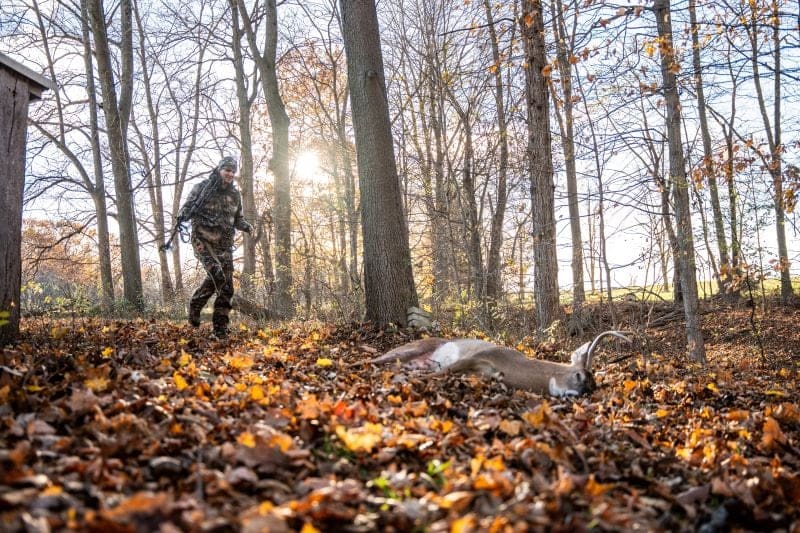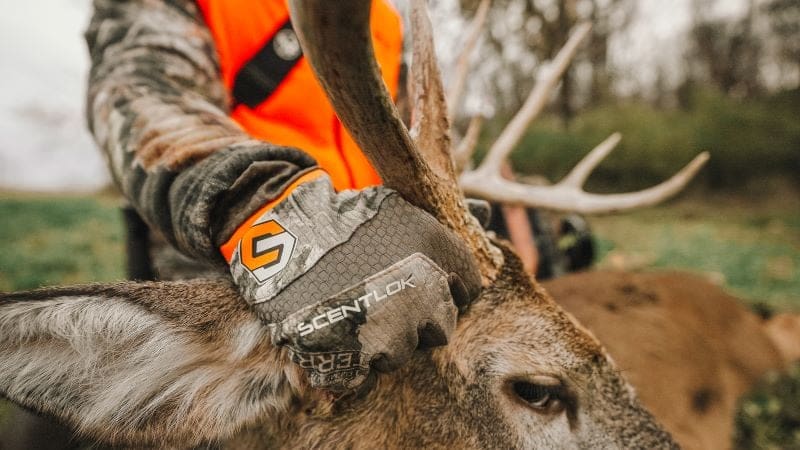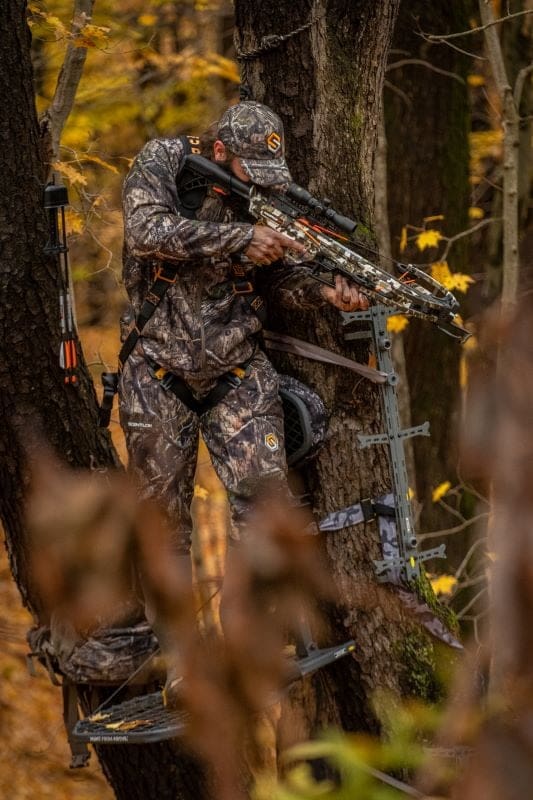For many hunters, the rut is like the holy grail—the time of year when mature bucks are on the move, testosterone levels are at a peak, and deer behavior is more predictable. But as romanticized as this period can be, there’s a growing conversation in hunting circles about whether the rut is overrated.
Is hunting the rut the best time to pursue big bucks, or are we overvaluing it while overlooking other valuable parts of the season?
I have wondered whether bucks are so unpredictable during the rut that luck is the hunter’s best chance at a buck. There are pros and cons and alternative hunting strategies that could help succeed beyond the hype of the rut. But first, we must know what the rut truly entails.

Understanding the Rut
The rut refers to the mating season for deer, which can vary slightly by region but generally falls between late October and early December for whitetail deer in North America. The peak of the rut is often marked by increased deer movement, as bucks seek out does and compete with other bucks for breeding rights. This increased activity can make deer more visible and more vulnerable to hunters.
The rut is often divided into several phases:
Pre-rut: Bucks begin marking territory and engaging in light sparring.
Peak rut: Bucks chase and breed with receptive does.
Post-rut: Bucks are exhausted from breeding and have lower movement rates as they recover.
Each phase has unique advantages and disadvantages for hunters, yet many only focus on the peak rut, when bucks are most often seen within a few feet of a doe, when he is chasing her, before finally stopping and committing to breed. Assuming it’s the best time to be in the woods, many hunters save vacation time, plan trips, and get most excited about this particular time.
The Pros of Hunting the Rut
Increased Buck Activity: Bucks are generally cautious and more aggressive and active. This can lead to increased sightings and more shot opportunities.
Predictable Patterns: Bucks leave behind more sign, such as scrapes and rubs, that can help locate high-traffic areas.
Opportunistic Encounters: During the rut, bucks often travel outside their usual home ranges, meaning hunters may encounter a mature buck they’ve never seen on trail cameras.
Better Odds for Novices: The rut can be forgiving for less-experienced hunters, as bucks may let their guard down in pursuit of does.
With bucks moving at all hours, scent-checking areas for estrous does, it’s no wonder the rut is a cherished time. However, this increased movement doesn’t guarantee a successful hunt, which is why some hunters consider the rut overrated.
The Cons of Hunting the Rut
Unpredictable Behavior: Bucks may still be more visible during the rut, but their behaviors can become erratic. A buck that may have been on a routine trail camera schedule in early October can suddenly disappear as he chases does.
Competition from Other Hunters: The hype of the rut attracts more hunters into the woods, increasing competition and pressure on the deer. This can lead to overcrowded hunting areas and a higher likelihood of deer spooking.
Relying on Chance: While the rut increases the odds of encountering a mature buck, it often relies more on luck than strategy. A buck could pass through your area anytime, but he could just as easily be miles away chasing a hot doe.
Physical Condition of Bucks: By the time the post-rut arrives, bucks are often in rough shape, affecting meat quality and overall health. Post-rut bucks are also less likely to be patterned, as they seek areas to recover rather than the typical food-bedding routines.
Is the Rut Overrated?
The answer to this question depends on what you value as a hunter. If you want to see more deer and increase your odds of encountering a mature buck, then the rut certainly holds advantages. However, if you prefer a more strategic approach with fewer hunters in the woods, such as patterning a bucks next move, then the early-season or post-rut hunting aligns more with your goals.
Alternative Strategies for Non-Rut Hunting
If you’re open to hunting outside of the rut, here are some alternative strategies to consider that can be just as effective, if not more so, than hunting during peak rut:
Early Season Ambush: During the early season, bucks are more predictable in their movements, sticking to food and bedding patterns. This predictability can give hunters an edge, especially if they’ve scouted an area well.
Late-Season Survival: By late season, bucks are typically focused on food to recover from the rut. If you can find a reliable food source, you can intercept bucks as they return to feeding areas. The lack of hunting pressure post-rut can also make deer less cautious.
Focus on Doe Groups Pre-Rut: During the pre-rut, bucks begin scent-checking doe groups. Set up nearby known bedding areas for does, as bucks will often pass through these areas to check for early estrous females.
Observe Scrape Lines and Rubs in the Pre-Rut: Mature bucks establish scrapes and rub lines before the rut to mark territory and communicate with does. Early-season hunters can use this information to pinpoint likely travel routes.
Building a Balanced Season Strategy
While the rut is often treated as the ultimate hunting opportunity, a well-rounded approach can maximize your season. By scouting and adjusting your strategy across each phase, you’ll be better positioned for consistent success.
Here’s a balanced plan for the whole season:
- Early Season: Scout bedding and feeding areas and set up ambush spots.
- Pre-Rut: Focus on scrape lines, rubs, and doe bedding areas.
- Peak Rut: Utilize high-traffic funnel areas and prepare for all-day hunts.
- Late Season: Target food sources where deer seek to recover after the rut.

The rut can be an exciting time to hunt, but it’s not the be-all, end-all. While it brings unique opportunities, it also introduces elements of luck and unpredictability that some hunters find frustrating. Expanding your season strategy to include early and late seasons and a deeper understanding of deer behavior can lead to more consistent success.
Whether you’re a seasoned hunter or just starting, remember that each phase of the season brings its own challenges and rewards. The key is adapting your approach and enjoying the journey, regardless of when you hit the woods.

